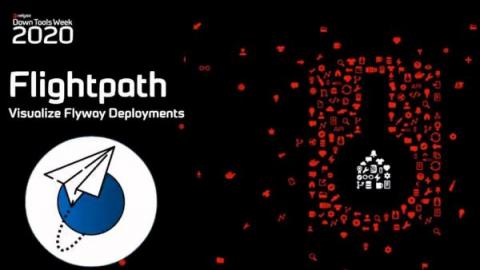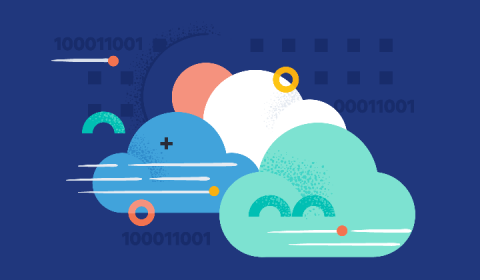Operations | Monitoring | ITSM | DevOps | Cloud
Latest News
How to get the size of all your Azure Storage Accounts
Do you really ever know how much Azure Storage you are consuming or how many Azure Storage Blobs you have in each of your Storage Accounts? Perhaps you just need an overview of your Azure Storage Account Consumption, including things like the number of Blobs per storage account, Number of Containers, and the Azure Blob Storage Capacity used. All this information is quite easy to gather from one of the several reports available in Cloud Storage Manager.
How to Monitor IIS Performance
Microsoft’s Internet Information Services (IIS) is a well-known web server that hosts web applications and is used in many sectors like banking, healthcare, logistics, E-commerce, etc. It is the backbone of many IT Infrastructures but if it encounters issues it can cause websites to experience higher response times. Hence, end-users often leave the website. A web server plays a vital role in an organization’s IT infrastructure.
Centralize the truth of your infrastructure with alarm notifications
Netdata is architected on every level, across both the open-source Netdata Agent and Netdata Cloud, to help you own every layer of your monitoring experience. With this design, all metrics data collected by the Netdata Agent stays distributed on your node, but you also leverage Netdata Cloud’s dashboards and multi-node visualizations to view the health and performance of an entire infrastructure from a single application.
All That Developers Need Is a Browser (or How to Be More Productive by Having Less)
What would you say if I would tell you that you can be as productive with the cheapest laptop as with the one you already have? Would you believe me if I would say that there is no need for you to install an IDE, compilers, CLIs, Docker, and whatever else you might have on your laptop? How about having a full development environment created whenever you need it instead of dealing with virtual machines and whatever else might be fulfilling your development needs?
Mitigating Kubernetes Security Vulnerability when using ExternalIP Services (CVE-2020-8554)
Earlier this month the Kubernetes project discovered a security issue affecting multitenant clusters: If a potential attacker can already create or edit services and pods, then they may be able to intercept traffic from other pods (or nodes) in the cluster. An attacker that is able to create a ClusterIP service and set the spec.externalIPs field can intercept traffic to that IP.
Performance tuning with SQL Monitor: tempdb usage, parameter sniffing, and blocking chains
Redgate embraces open source with its ongoing development of Flyway
Achieving Continuous Deployment with Artifactory Webhooks & Docker
Elastic Cloud Terraform provider now available in beta
We’re excited to share that the official Elastic Cloud Terraform provider is now available in beta. Operations and SRE teams often rely on Terraform to safely manage production-related infrastructure using methodologies such as infrastructure as code, which allows you to apply peer-reviewed infrastructure changes in an automated and controlled fashion. The provider works with Elasticsearch Service on Elastic Cloud, Elastic Cloud Enterprise, and Elasticsearch Service Private environments.











